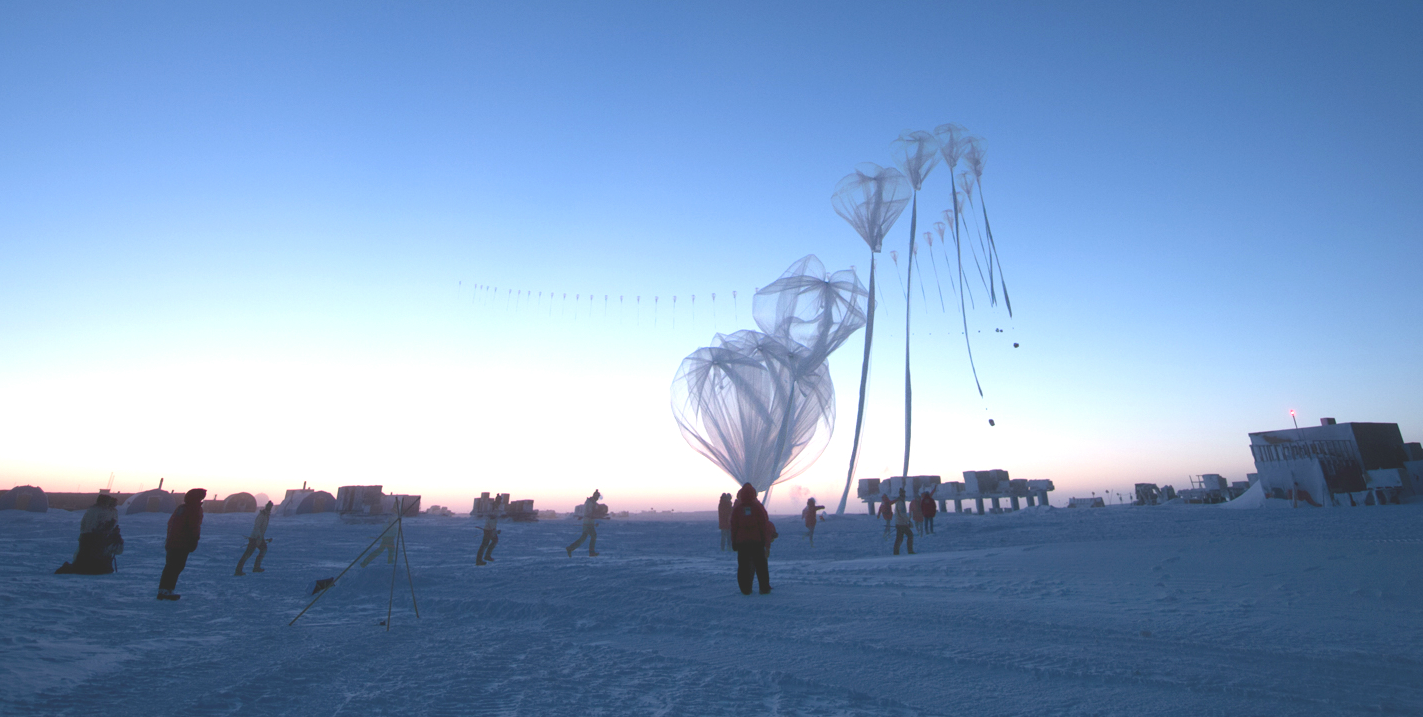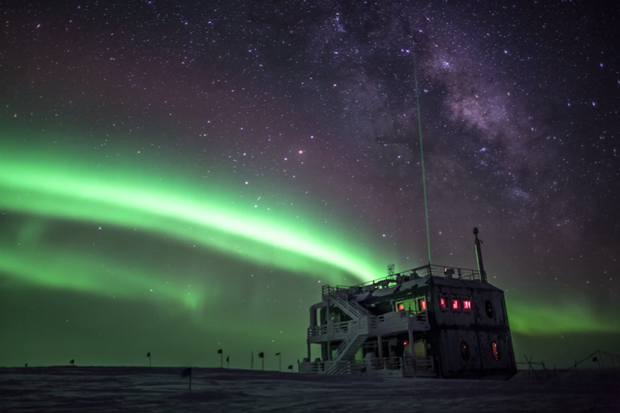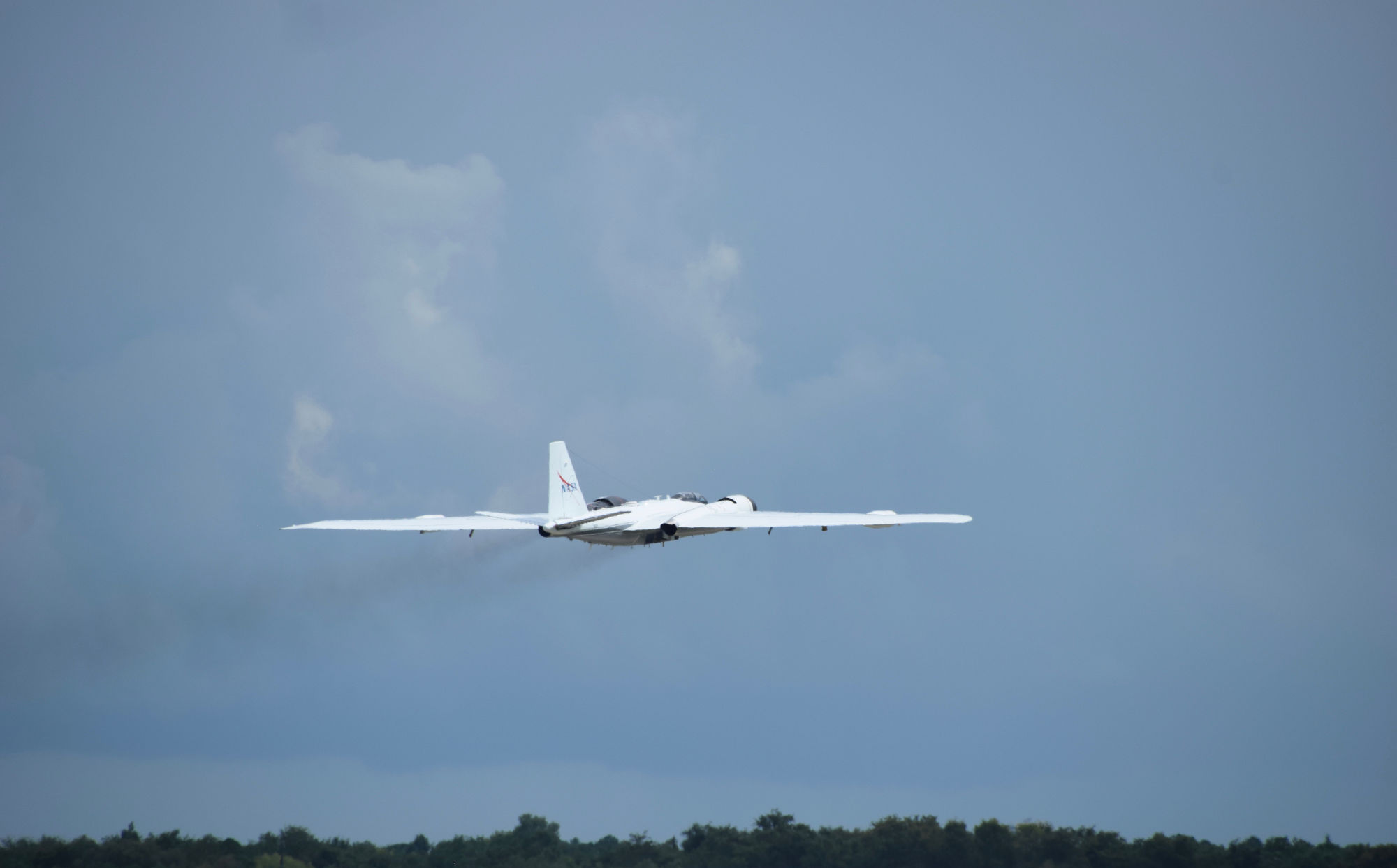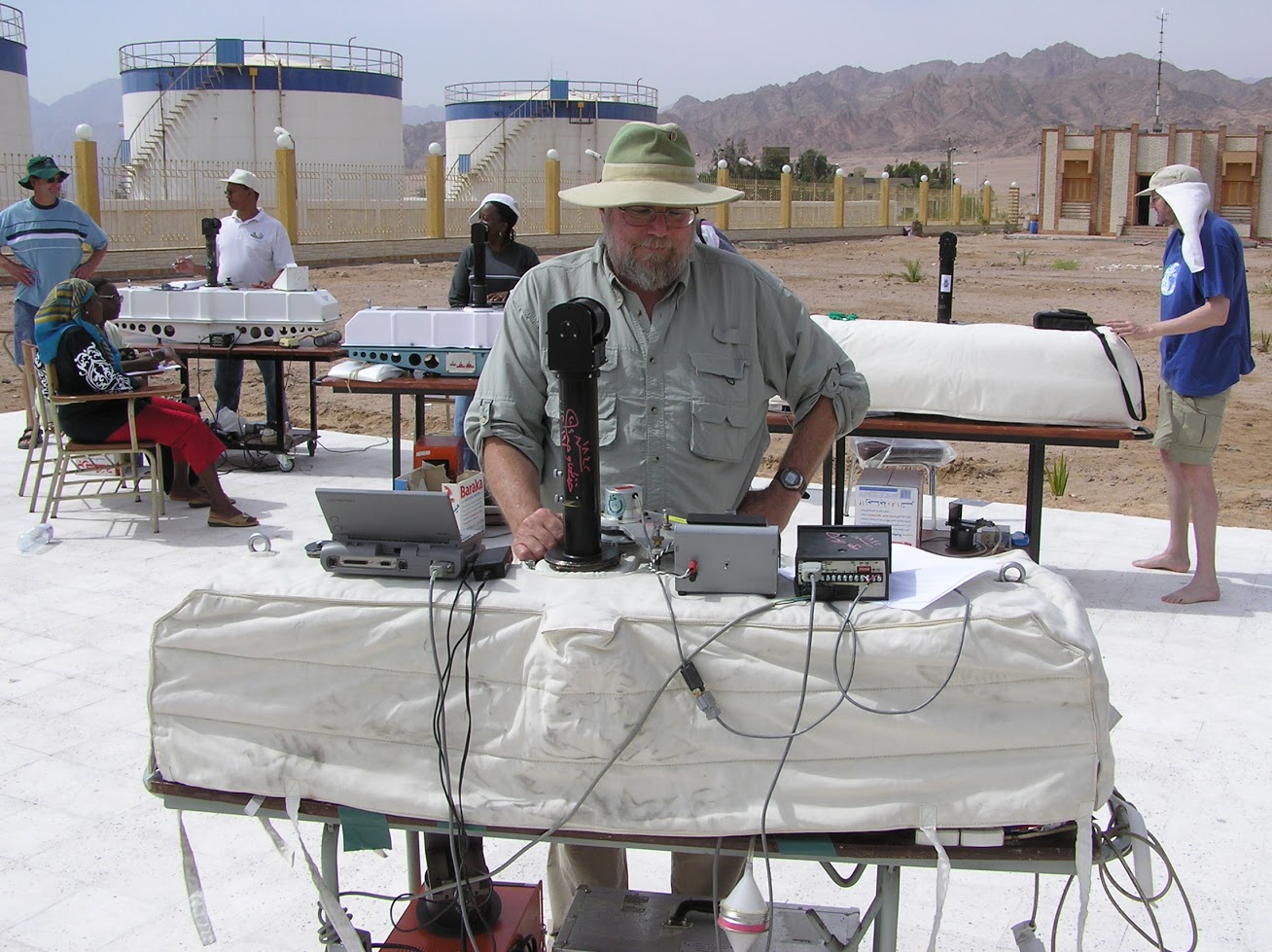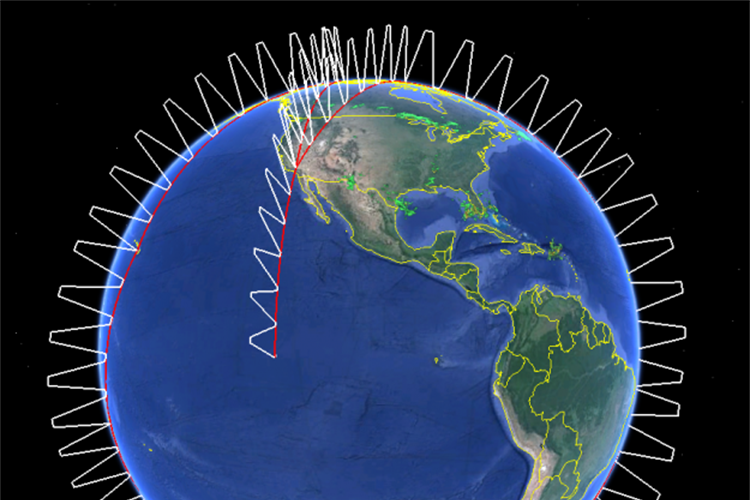News

October 21, 2019
2019 ozone hole smallest on record
Abnormal weather patterns in the upper atmosphere over Antarctica dramatically limited ozone depletion in September and October, resulting in the smallest ozone hole observed since 1982.November 2, 2018
Ozone hole modest despite conditions ripe for depletion
The ozone hole that forms in the upper atmosphere over Antarctica each September was slightly above average size in 2018, NOAA and NASA scientists reported today.April 14, 2017
Watch a weather balloon explode 100,000 feet high in the atmosphere
Patrick Cullis of the GMD Ozone and Water Vapor Group, created a video of a weather balloon bursting, posted at Washington Post.October 12, 2016
4 ways the ozone hole is linked to climate, and 1 way it isn’t
To mark the peak of ozone hole season, we’re highlighting four ways that climate and the ozone hole are related—and one important way they aren’t.September 30, 2016
Pacific Oxidants, Sulfur, Ice, Dehydration, and cONvection (POSIDON) Experiment
The NASA Pacific Oxidants, Sulfur, Ice, Dehydration, and cONvection (POSIDON) Experiment is a focused airborne science mission to study the ozone distribution, sulfur chemistry, very short-lived ozone depleting species (VSLS), cloud microphysics, and dehydration in the tropical upper troposphere and lower stratosphere over the western Pacific.July 28, 2016
Robert (Bob) D. Evans of ESRL Global Monitoring Division receives the prestigious IO3C Farman Award Nomination
Robert (Bob) D. Evans of ESRL Global Monitoring Division receives the prestigious IO3C Farman Award Nomination For Sustaining a Long-term Inter-calibrated World-wide Dobson Total Ozone Observing Network. The "Joseph C. Farman Award" is granted to one or more outstanding scientists who have created and used high-quality, long-term time series of atmospheric measurements related to the study of atmospheric ozone and/or surface ultraviolet radiation.July 8, 2016
Atmospheric Tomography Mission (ATom)
The Atmospheric Tomography Mission (ATom) is a NASA-funded multi-agency effort using the NASA DC-8 research aircraft to systematically sample trace gases and aerosols from sea level to the stratosphere on 10 pole-to-pole flights covering the Atlantic and Pacific oceans over the next 3 years. ATom will study the impact of human-produced air pollution on greenhouse gases and on chemically reactive gases in the atmosphere with a focus on ozone, methane, and black carbon, as well as atmospheric particulate matter.

